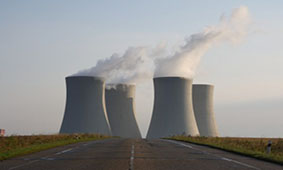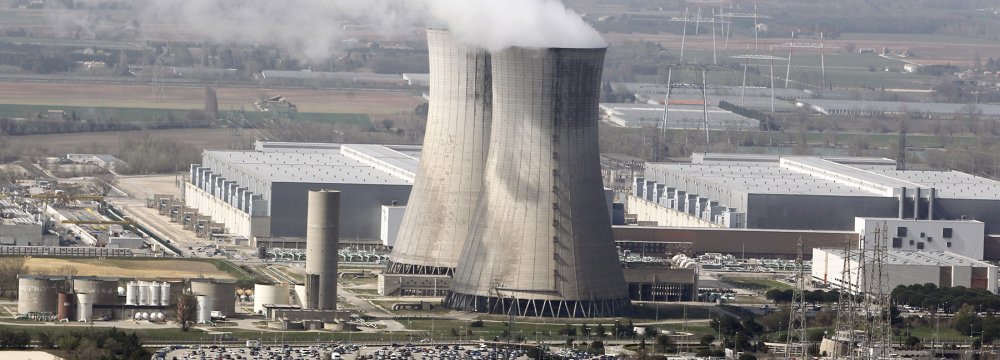
New Nuclear Reactors to Come on Stream in Europe


The Finnish project is the Olkiluoto-3 reactor, which will bring the country’s total nuclear reactor capacity to five, and will add 1.6 gigawatts to the national nuclear power generation capacity.
The project is 2.5 times over budget and comes on stream with a ten-year delay. The unit will start this year but only reach full capacity in 2020.
In France, energy giant EDF is gearing up for the launch of its Flamanville-3 reactor, which ended up costing the company 10.9 billion euro. This project was eight years longer than initially planned.
The Flamanville-3 reactor is planned to have sixty years of productive life but Platts said there are already problems with it: anomalies have been found in an essential component of the reactor and these may lead to the need to replace this component in just a few years.
Then there’s the Hinkley Point plant in the UK, which has become globally infamous for various problems, including security concerns because of the participation of Chinese firms in the EDF-led project. Hinkley, however, is not slated to come online until 2025, as per the French utility’s plans.
The two projects in France and Finland suggest, however, that despite its growing aversion to nuclear power and the embracing of renewables, Europe still cannot rely entirely on solar, wind, and hydro, especially as coal power plants retire in droves.


Trump weighs using $2 billion in CHIPS Act funding for critical minerals

Codelco cuts 2025 copper forecast after El Teniente mine collapse

Electra converts debt, launches $30M raise to jumpstart stalled cobalt refinery

Barrick’s Reko Diq in line for $410M ADB backing

Abcourt readies Sleeping Giant mill to pour first gold since 2014

Nevada army depot to serve as base for first US strategic minerals stockpile

SQM boosts lithium supply plans as prices flick higher

Viridis unveils 200Mt initial reserve for Brazil rare earth project

Tailings could meet much of US critical mineral demand – study

Kyrgyzstan kicks off underground gold mining at Kumtor

Kyrgyzstan kicks off underground gold mining at Kumtor

KoBold Metals granted lithium exploration rights in Congo

Freeport Indonesia to wrap up Gresik plant repairs by early September

Energy Fuels soars on Vulcan Elements partnership

Northern Dynasty sticks to proposal in battle to lift Pebble mine veto

Giustra-backed mining firm teams up with informal miners in Colombia

Critical Metals signs agreement to supply rare earth to US government-funded facility

China extends rare earth controls to imported material

Galan Lithium proceeds with $13M financing for Argentina project

Kyrgyzstan kicks off underground gold mining at Kumtor

Freeport Indonesia to wrap up Gresik plant repairs by early September

Energy Fuels soars on Vulcan Elements partnership

Northern Dynasty sticks to proposal in battle to lift Pebble mine veto

Giustra-backed mining firm teams up with informal miners in Colombia

Critical Metals signs agreement to supply rare earth to US government-funded facility

China extends rare earth controls to imported material

Galan Lithium proceeds with $13M financing for Argentina project

Silver price touches $39 as market weighs rate cut outlook

















